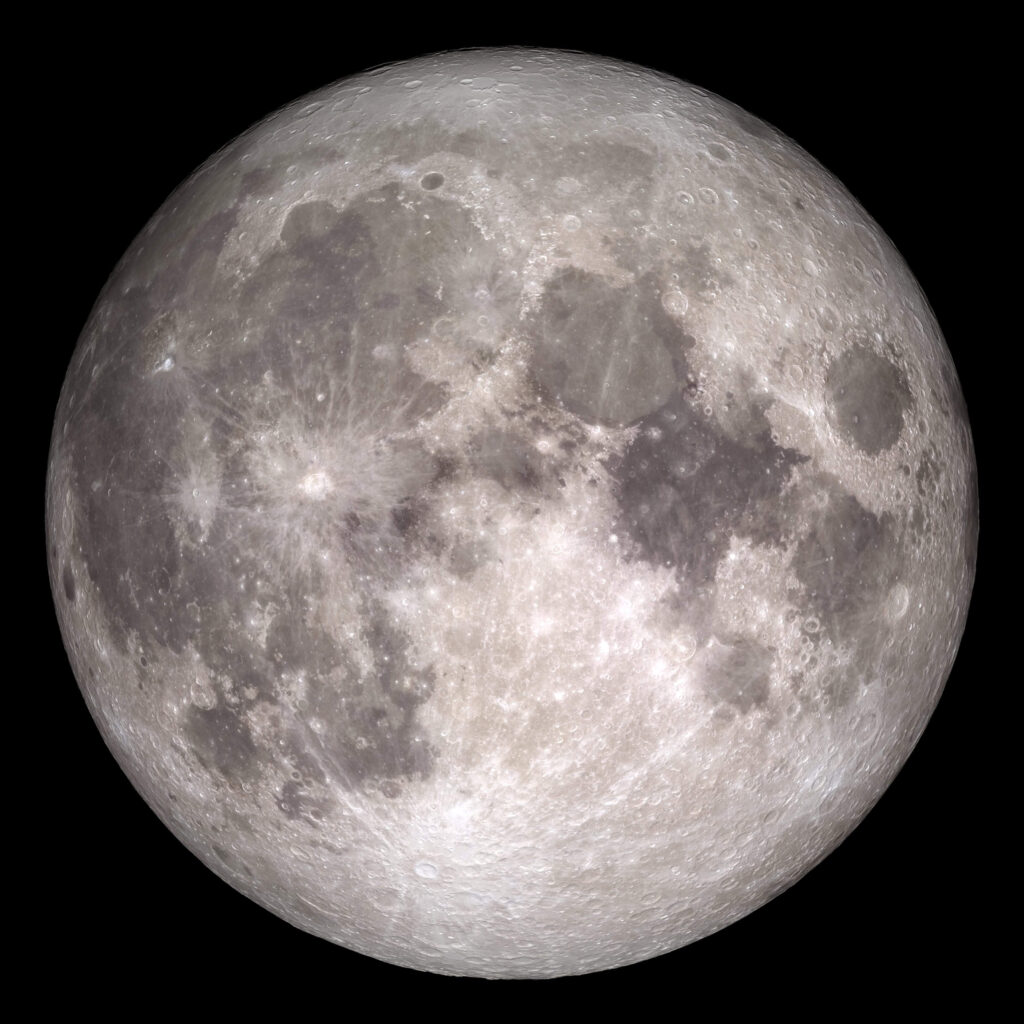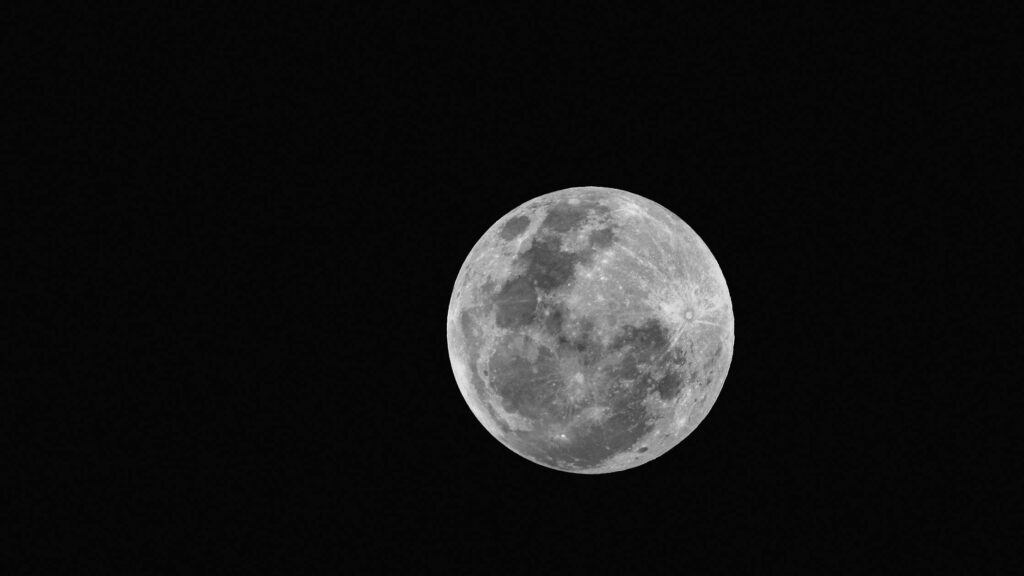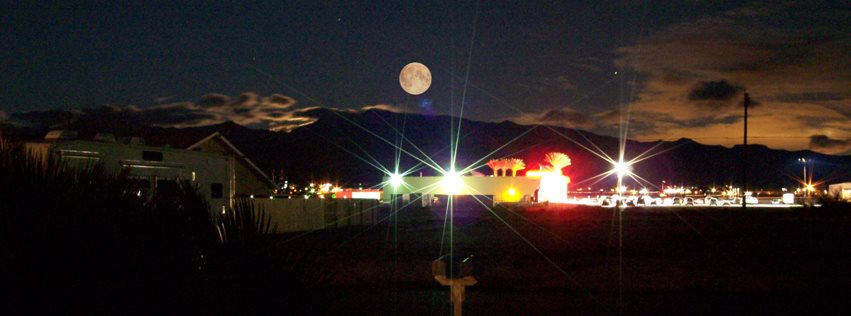Find yourself stuck in the Facebook and Instagram scroll? It’s a common phenomena. Social media platforms are a source of visual overload and our human brains love visuals. Lately, every fourth post seems to be some fantastical creation that leaves us wondering, is it real?
Here’s the answer: Until one understands the difference between an image and a photo, wondering if it’s real (or not) has no answer. An image can be simultaneously real and fake!
Definitions
Let’s break down the difference between an image and a photo.
Image: The broad term, encompassing any visual representation. It can be a photograph, but also a drawing, painting, graphic design, or even a reflection in a mirror (see extra credit).
Photo (Photograph): A specific type of image created by capturing light with a camera. This could be a digital camera on your phone or a traditional film camera.
Here’s an analogy: Think of “image” as a category like “fruit,” and “photo” as a specific type of fruit, like an “apple.”
So, next time you scroll through your phone, you can appreciate the wide variety of images, from the breathtaking photos of nature, to the hand-drawn comics that spark your imagination, to fantastical AI-generated images.
Image v. Photo
A photo is always considered an image, but an image isn’t always defined as a photo. Photos are a specific type of image. Here’s an example to illustrate the difference:

Image of the Moon (above): This could be anything from a drawing or painting of the moon to a more stylized representation. It might focus on certain aspects or use colors that aren’t quite realistic, but it still evokes the idea of the moon. The image is based on data from NASA’s Lunar Reconnaissance Orbiter spacecraft. Credit: NASA/GSFC/Arizona State University. LROC is actually not a single camera, but a system of three complementary cameras — two narrow angle cameras and one wide-angle camera.

Photo of the Moon (above): This is an actual photograph of the moon captured by a camera. It shows a realistic and detailed representation of the lunar surface, craters, and textures. Photo by João Vitor using a Canon Powershot SX520HS.
Keen-eyed readers will note the Canon Powershot SX520HS is not a traditional film camera. So that begs the question: how can this be a photograph of the moon?
Can an image also be a photograph?
A CCD capture of the moon is both an image and a photograph! Here’s why:
Image: It fulfills the general definition of an image – a visual representation. The CCD sensor captures the light reflected from the moon, converting it into a digital representation that we can see on a screen.
Photograph: More specifically, it’s a type of photograph because it uses a camera (in this case, a camera with a CCD sensor) to capture light and create a permanent record.
So, a CCD capture hits both categories! It’s a specific type of image (photograph) created with a particular technology (CCD sensor).
Based on the definitions we’ve discussed, photographs are a subset of images, and wouldn’t be the most frequent type of image we encounter. Here’s the breakdown:
Images are very common: They include everything from photographs and paintings to illustrations, computer graphics, and even natural reflections. Our world is filled with visual representations.
Photographs are a specific type of image: They require capturing light with a camera, limiting their prevalence compared to the broader category of images.
While photography is incredibly popular, it’s just one way to create visual representations. There’s a vast world of artistic creations, digital designs, and even everyday occurrences that fall under the umbrella of “images.”
I’m not condoning getting involved in other people’s online arguments (i do, but rarely), but the next time you see people debating the topic of AI fakery, just look at the OP’s commments. If they say something like “Clearest image ever of Pluto”, and it looks impossibly real, just know that a ‘real image’ can exist in many different forms.
Extra credit
A reflection in a mirror is an image because it fulfills the key aspects of what we define as an image:
Visual Representation: A reflection creates a duplicate visual representation of the object in front of the mirror. We can see its shape, size, and even details like color (though some mirrors might slightly alter color).
Light Interaction: Mirrors work by reflecting light. Light rays bounce off the smooth surface of the mirror and travel back to our eyes*, creating the perception of the object behind the mirror.
While it’s not a physical image you can touch, it acts as a visual representation created through the interaction of light with the mirror’s surface.
Here’s a breakdown of some key differences between a reflection and a photograph:
Physical vs. Light-based: A photograph is a physical record of light captured by a camera. A reflection is a temporary visual phenomenon based on how light interacts with the mirror’s surface.
Origin of Light: A photograph uses external light to capture the image. A reflection utilizes the light already reflecting off the object itself.
Both achieve the goal of creating a visual representation, but through different mechanisms.
*aka a form of time travel because you are viewing a past image of yourself
‘AI BAD’ – the bigger argument
Jury is still out and I’m not ready to die on this hill. Arguing the topic is like debating somebody on Facebook about ‘what is art’. (pointless). I will say that AI is forcing people to think critically about the images they view on social media. Is it real? Is it generated with AI? Do the individual elements of the image make sense when taken as a whole? In a way, calling AI bad is the most brilliant piece of reverse psychology I’ve ever seen. An increasing number of people are refining their understanding of image vs. photo. Ignorance is bliss but knowledge is power!
